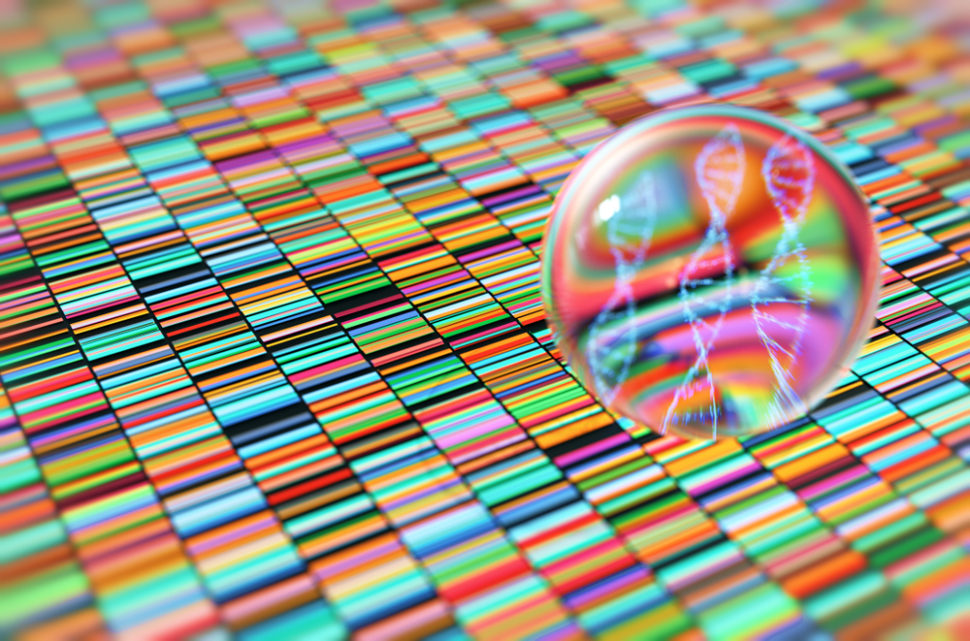The gene-editing technique known as CRISPR is mainly used to repair faulty genes leading to many diseases, or introduce new DNA sequences into cells to modify gene functions.
Scientists showed how CRISPR scissors, or shredders, can potentially be used to make antidotes, detect diseases, and cure illnesses.
But this innovative technology, which comes with its fair share of controversy, has been explored for different other purposes like engineering novel materials, or smart materials, for a variety of uses.
CRISPR-Programmable Smart Biomaterials
A new study lays the groundwork for using CRISPR in materials science, to create new smart biomaterials for a wide range of applications.
Bioengineers from MIT and Harvard University have used a CRISPR tool to “smarten up” biomaterials and make them able to change their properties on command.
Lead author James Collins, Ph.D., from Harvard’s Wyss Institute for Biologically Inspired Engineering, thinks their study shows the potential of CRISPR for controlling the behavior of DNA-responsive materials.
“We developed a range of materials with very different capabilities that highlight the breadth of applications enabled by programmable CRISPR-responsive smart materials. These applications include novel theranostic strategies, point-of-care diagnostics, and the regional monitoring of epidemic outbreaks and environmental hazards,” said Collins.
Usually, CRISPR uses Cas9 enzyme that binds to specific points in the genome to allow the DNA sequence-cutting or the introduction of new genetic sequences.
But to adapt CRISPR for materials engineering and create these smart materials, the MIT and Harvard team used an enzyme known as Cas12a, which can be programmed to recognize specific DNA sequences.
The incorporation of DNA into these materials renders them smart in a way that enables them to respond to external stimuli, like the presence of specific DNA sequences (thanks to Cas12a enzyme) to change their properties.
The team created a series of smart materials in the form of CRISPR-responsive hydrogels that break up after Cas12a enzyme is activated by the DNA sequence in a trigger. These hydrogels can also completely dissolve, releasing a payload that could be drugs or growth factors.
The researchers said they were exploring the use of this approach to treat gastrointestinal diseases via engineered bacterial cells delivered by CRISPR-controlled smart materials.
CRISPR can be used to “control electronic circuits and microfluidic devices, and to release drugs, proteins, or living cells from gels. Such materials could be used to create diagnostic devices for diseases such as Ebola, or to deliver treatments for diseases such as irritable bowel disease.”



















Comments (0)
Most Recent